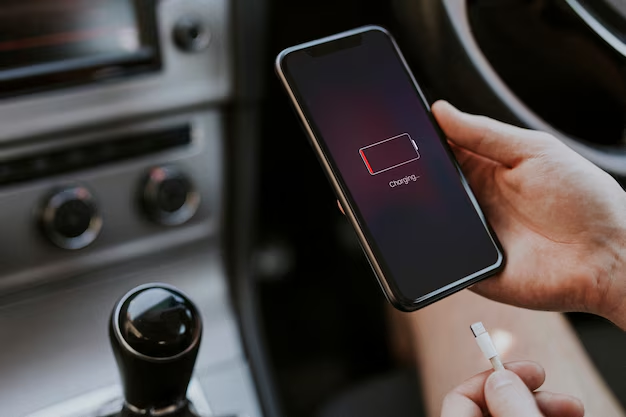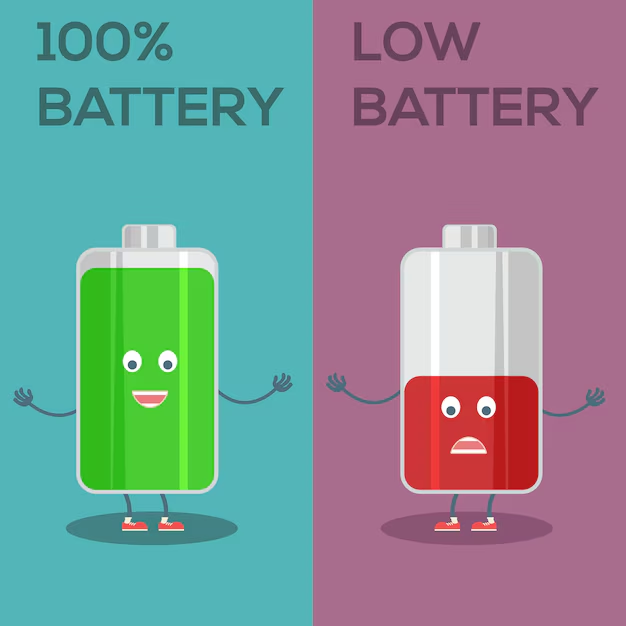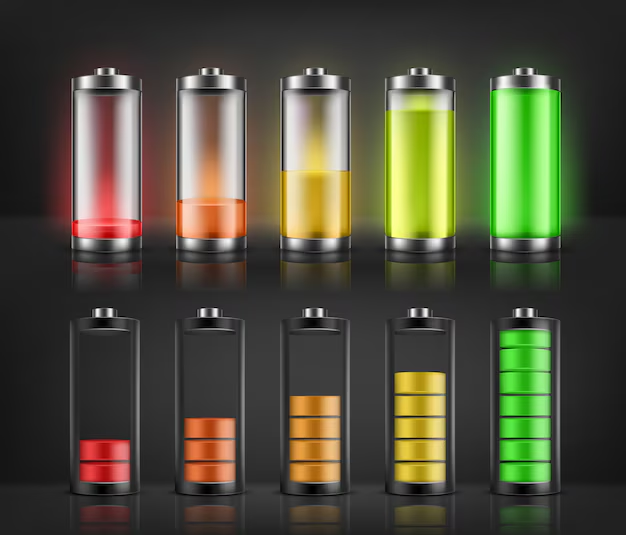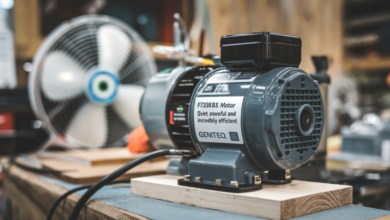Tridyne Low Battery: Understanding and Solutions

Tridyne low battery are known for their innovative technology and widespread applications. However, like any electronic device, they can suffer from low battery issues that can hinder their performance. Understanding how to manage battery health is crucial for maximizing the lifespan and functionality of these devices.
Understanding Tridyne Devices
Tridyne devices encompass a range of technologies, often used in industries like healthcare, telecommunications, and environmental monitoring. Their reliability hinges on efficient battery performance, making it essential for users to stay informed about battery health.
Battery Basics
Tridyne low battery typically utilize lithium-ion batteries due to their high energy density and longevity. Understanding battery basics is key; these batteries have a finite number of charge cycles, and their performance can degrade over time.
Symptoms of Low Battery in Tridyne Devices
When your Tridyne device starts showing signs of low battery, you might notice:
- Reduced performance or lag
- Frequent disconnections or resets
- Warning notifications indicating low battery status
These symptoms can severely affect how you use the device, prompting the need for immediate attention.
How to Check Battery Levels
Most Tridyne devices come equipped with features to monitor battery health. You can typically check battery levels through:

- On-screen indicators
- Companion apps
- Built-in diagnostic tools
Regular checks can help you stay ahead of potential battery issues.
Causes of Battery Drain
Understanding why your battery drains quickly is vital. Common causes include:
- Overuse of high-energy functions (like GPS or video streaming)
- Environmental conditions, such as extreme temperatures
- Background applications consuming power
By identifying these factors, you can adjust your usage accordingly.
Best Practices for Battery Maintenance
To extend the life of your battery, consider the following best practices:
- Avoid letting your battery drain to zero frequently
- Charge your device regularly and avoid extreme temperatures
- Use the manufacturer-recommended charger
These simple habits can make a significant difference in battery longevity.
When to Replace the Battery
Knowing when to replace your battery is crucial. Signs you need a new battery include:
- Inability to hold a charge
- Swelling or unusual heating
- Sudden power loss during use
If you notice these symptoms, it’s time to consider a replacement.
Choosing the Right Replacement Battery
When selecting a new battery for your Tridyne device, consider:
- Compatibility with your specific device model
- Manufacturer recommendations
- Reviews and ratings of the replacement battery
Choosing the right battery can help ensure optimal performance.
Troubleshooting Low Battery Issues
If you’re experiencing battery issues, follow these troubleshooting steps:
- Restart the device to clear any temporary glitches.
- Check for software updates that could improve battery efficiency.
- Disable unused features like Bluetooth or Wi-Fi when not in use.
These steps can often resolve minor battery problems.
Applications of Tridyne Devices
You can find Tridyne technology in a variety of applications, including medical devices, industrial equipment, and consumer electronics. Each of these applications relies on a dependable battery to function correctly.
Signs of a Low Battery in Tridyne Devices
Recognizing a low battery before it causes issues is vital for maintaining device performance.
Common Indicators
Your device may show several signs that the battery is running low:
- Diminished performance or lagging response
- Frequent alerts or notifications about battery status
- Automatic shutdowns or restarts
Consequences of Low Battery Levels
Ignoring these signs can lead to more significant issues. Low battery levels can affect the device’s accuracy and reliability, especially in critical applications like medical monitoring.
Troubleshooting Low Battery Issues
When faced with a low battery alert, it’s essential to troubleshoot effectively.
Steps to Diagnose Battery Problems
- Check the Battery Indicator: Most Tridyne devices have a battery icon or indicator light. Ensure it’s not just a temporary glitch.
- Inspect Charging Equipment: Sometimes, the issue lies not with the battery but with the charger or cable.
- Software Updates: Ensure your device’s software is up to date, as bugs can sometimes misreport battery levels.
Read Also: will-nri-except-water-heaters
Preventive Measures for Battery Longevity
Maintaining your Tridyne device’s battery life is easier than you think.
Proper Usage Guidelines
- Avoid extreme temperatures.
- Do not let the battery completely drain frequently; this can shorten its lifespan.
- Use your device regularly to keep the battery active.
Recommended Charging Practices
- Charge your device when it reaches about 20%.
- Disconnect it once it reaches 100% to avoid overcharging.
- If possible, use the charger that came with the device for optimal compatibility.
Conclusion
Understanding how to manage your tridyne low battery is essential for ensuring its reliability and performance. By recognizing the signs of a low battery and following preventive measures, you can keep your device running smoothly for longer.
FAQs
What should I do if my Tridyne device won’t charge?
Check your charger and cable, and ensure the charging port is clean.
How can I maximize my Tridyne device’s battery life?
Limit the use of high-energy features and keep your software updated.
Is it safe to use third-party batteries for Tridyne devices?
It’s best to use manufacturer-recommended batteries to ensure compatibility and safety.
What are the signs that I need a new battery?
Look for reduced battery life, unexpected shutdowns, or swelling.
Can temperature affect battery performance?
Yes, extreme heat or cold can negatively impact battery life and performance.




